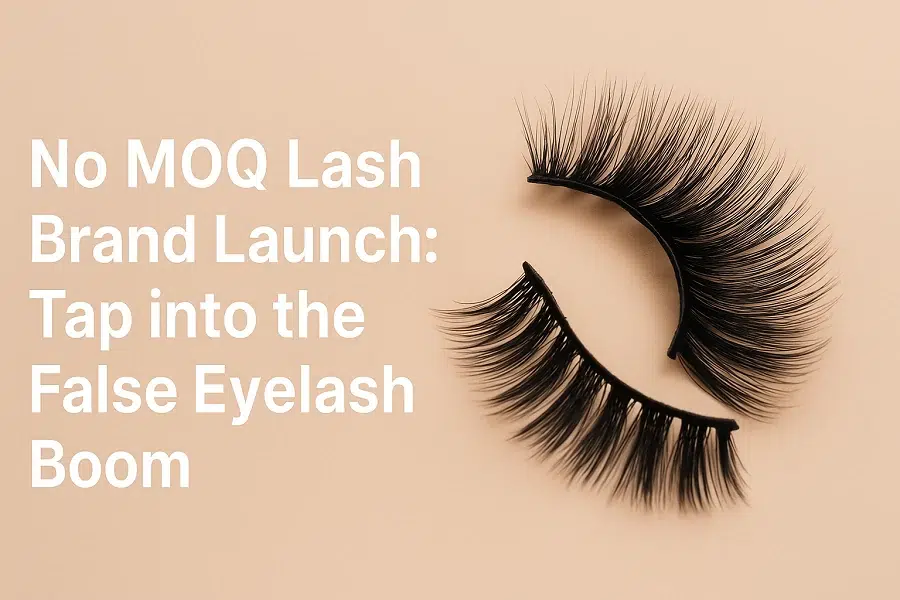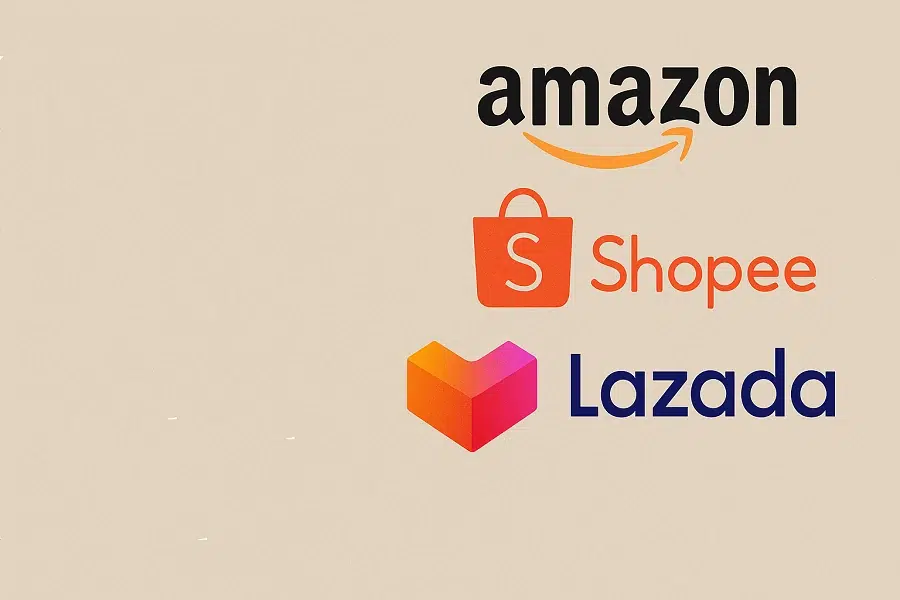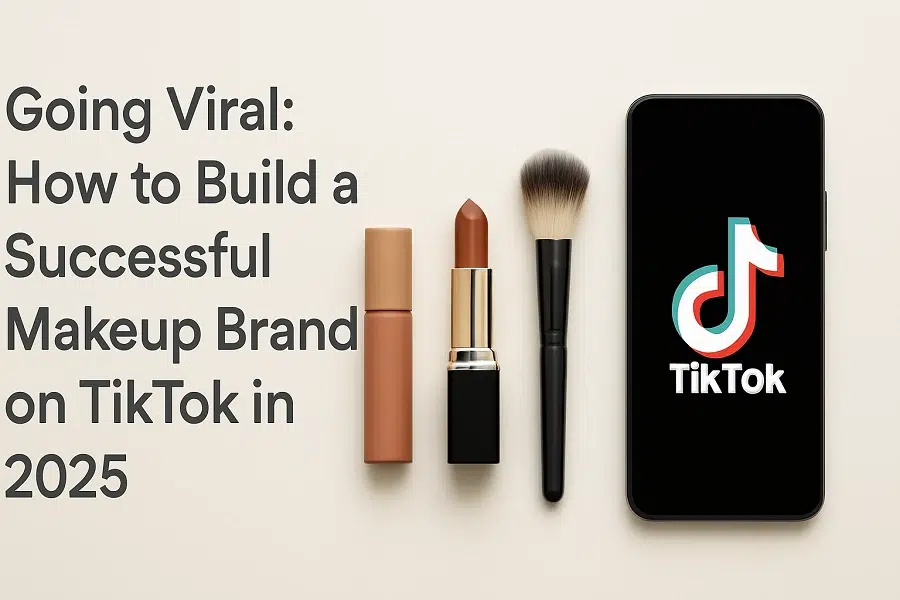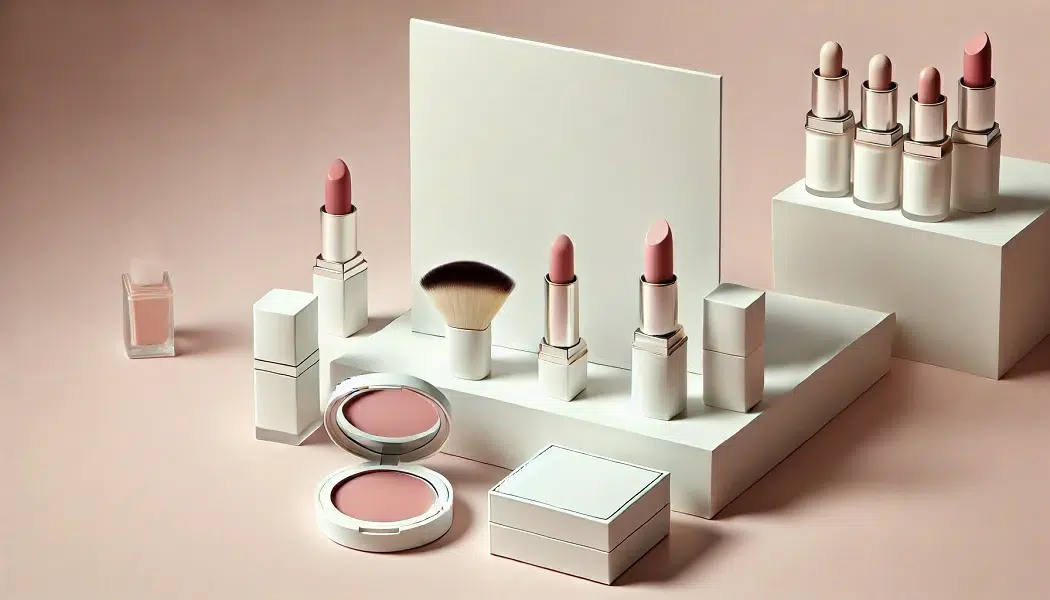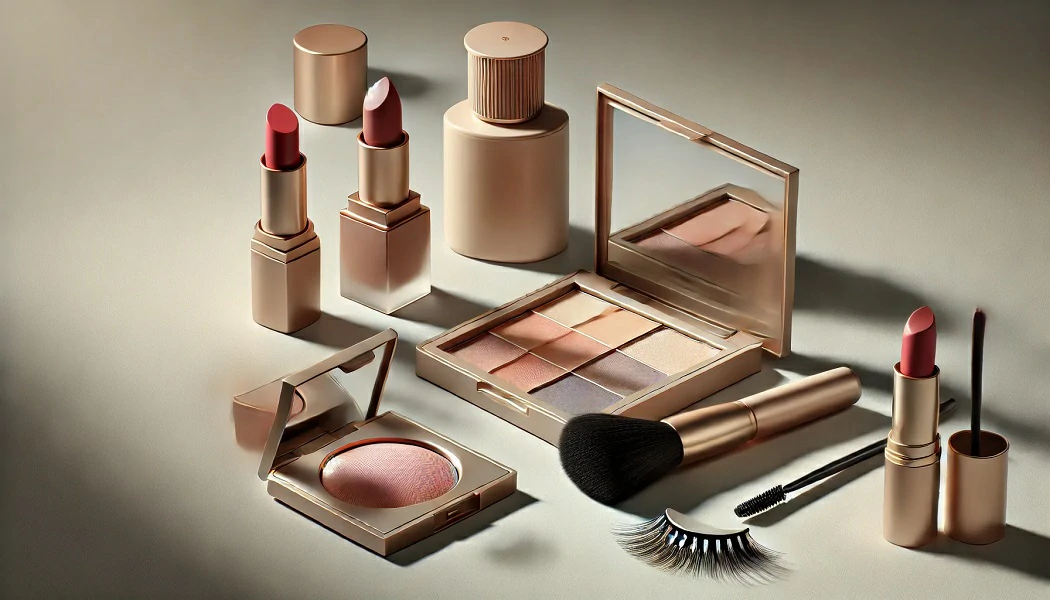Whether you’re a makeup enthusiast or simply curious about the latest trends in the beauty industry, read on to learn more about talc-free makeup brands and its role in the future of cosmetics.
Table of Contents
In recent years, the beauty industry has seen a surge in the popularity of talc-free makeup products. Talc, a mineral that has long been a staple ingredient in cosmetics, has come under scrutiny due to its potential health risks, including a possible link to cancer and respiratory problems.
As a result, more and more consumers are seeking talc-free alternatives to their favorite makeup products. But is talc-free makeup really safe?
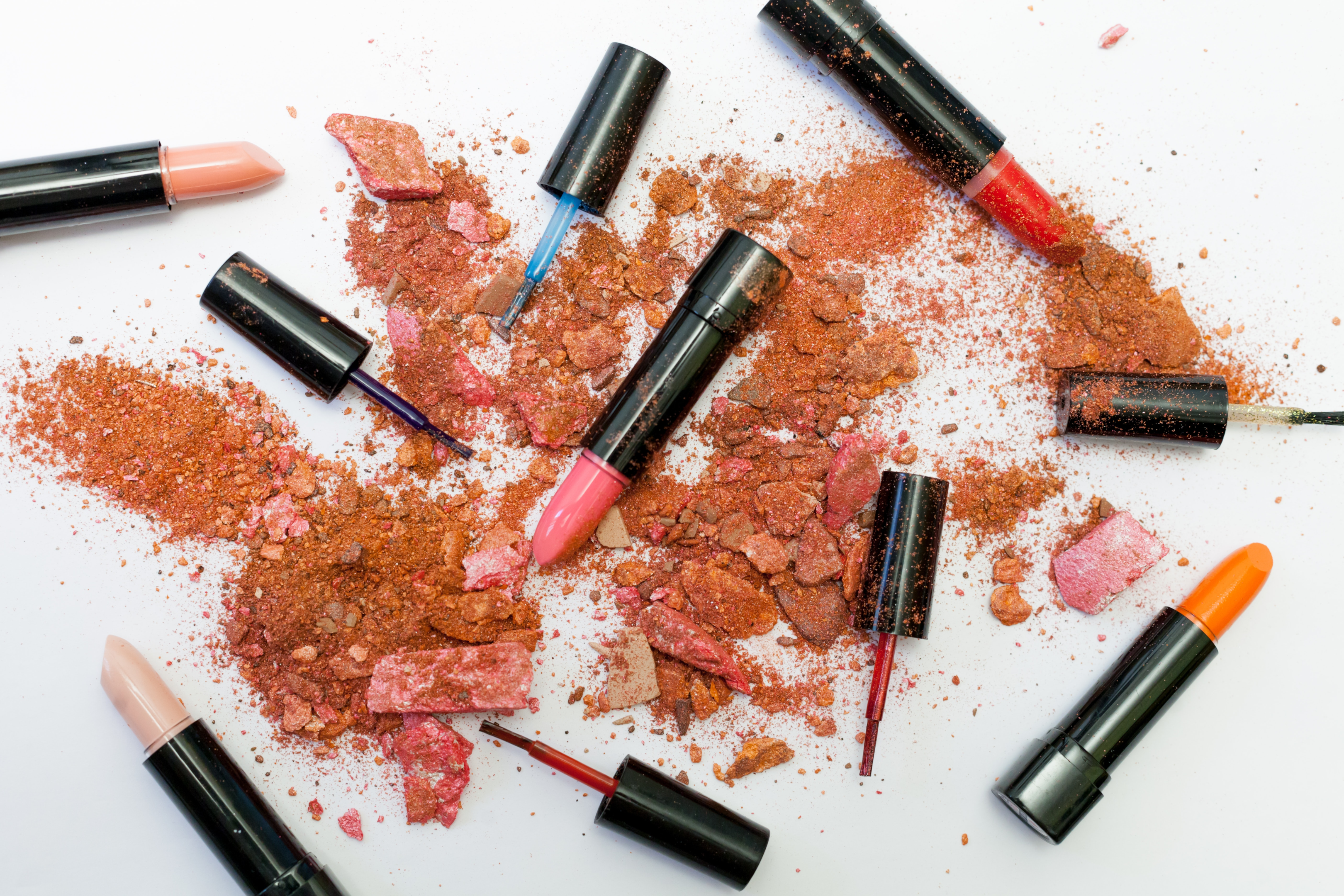
In this blog post, we’ll explore the rise of talc-free makeup, the controversy surrounding talc, and the safety of talc-free cosmetics.
What is Talc and why is it Used in Makeup?
Talc is a naturally occurring mineral that is widely used in cosmetics, particularly in powders such as blush, eyeshadow, face powder, and the beloved baby powder. It is valued for its ability to absorb moisture, prevent caking, and provide a silky texture.
Talc is made from minerals such as magnesium, silicon, and oxygen, that are mined from deposits all around the world. It is then processed and purified to remove impurities and ensure consistency. In addition to its cosmetic uses, talc is also used in a variety of other products, such as paper, plastics, and ceramics.
Despite its popularity in the beauty industry, talc has come under scrutiny in recent years due to its potential health risks. As a result, many consumers are turning to talc-free makeup from beauty brands. In the next section, we’ll explore the controversy surrounding talc and its potential health risks in more detail.
Talc and Health Concerns
Despite its long history of use in cosmetics, talc has been linked to a number of health concerns. Some studies have suggested that using contaminated talc-based products in the genital area may increase the risk of ovarian cancer.
However, the research on talc and cancer is conflicting, and the evidence is not yet conclusive. Some studies have found no link between talc use and ovarian cancer, while others have found a weak or inconclusive association.
Despite these concerns, talc is still considered safe for use in cosmetics by the U.S. Food and Drug Administration (FDA) and other regulatory agencies around the world.
To address the concerns surrounding talc, many cosmetic companies are now offering talc-free alternatives to their products. In the next section, we’ll explore the rise of beauty brand with talc-free makeup and the dangerous ingredients or controversial ingredient used in these products.
Controversial Ingredient Used in Talc-Free Makeup Products
As concerns over the safety of talc have grown, many cosmetic companies have begun to offer talc-free alternatives to their products. These products use alternative ingredients to provide the same benefits as talc, such as absorbency and texture.
Some common nourishing ingredients used in makeup products include:
- Cornstarch: This natural, plant-based ingredient is often used as a substitute for talc in baby powder-based products. It has absorbent properties and helps to prevent caking.
- Rice powder: Like cornstarch, rice starch powder is a natural alternative to talc that provides absorbency and helps to control oil.
- Mica: This mineral is used to add shimmer and sparkle to makeup products. It also provides a silky texture and helps to improve the application of other ingredients.
- Kaolin clay: This clay is used in place of talc to provide absorbency and prevent caking. It also has a soothing effect on sensitive skin.
- Zinc oxide: This mineral is often used in sunscreens and other skincare products. In makeup, it can help to absorb oil and provide a matte finish.
However, it’s important to note that not all talc-free products are created equal. Some may still contain other potentially harmful ingredients, so it’s important to read labels and do your research when choosing makeup products.
Tips for Choosing Safe Makeup Products in a Wild Beauty Industry
For all beauty and makeup lovers though, if you’re looking to switch to talc-free makeup or simply want to make sure you’re using safe cosmetics, there are a few things you can do to choose the best products for your skin.
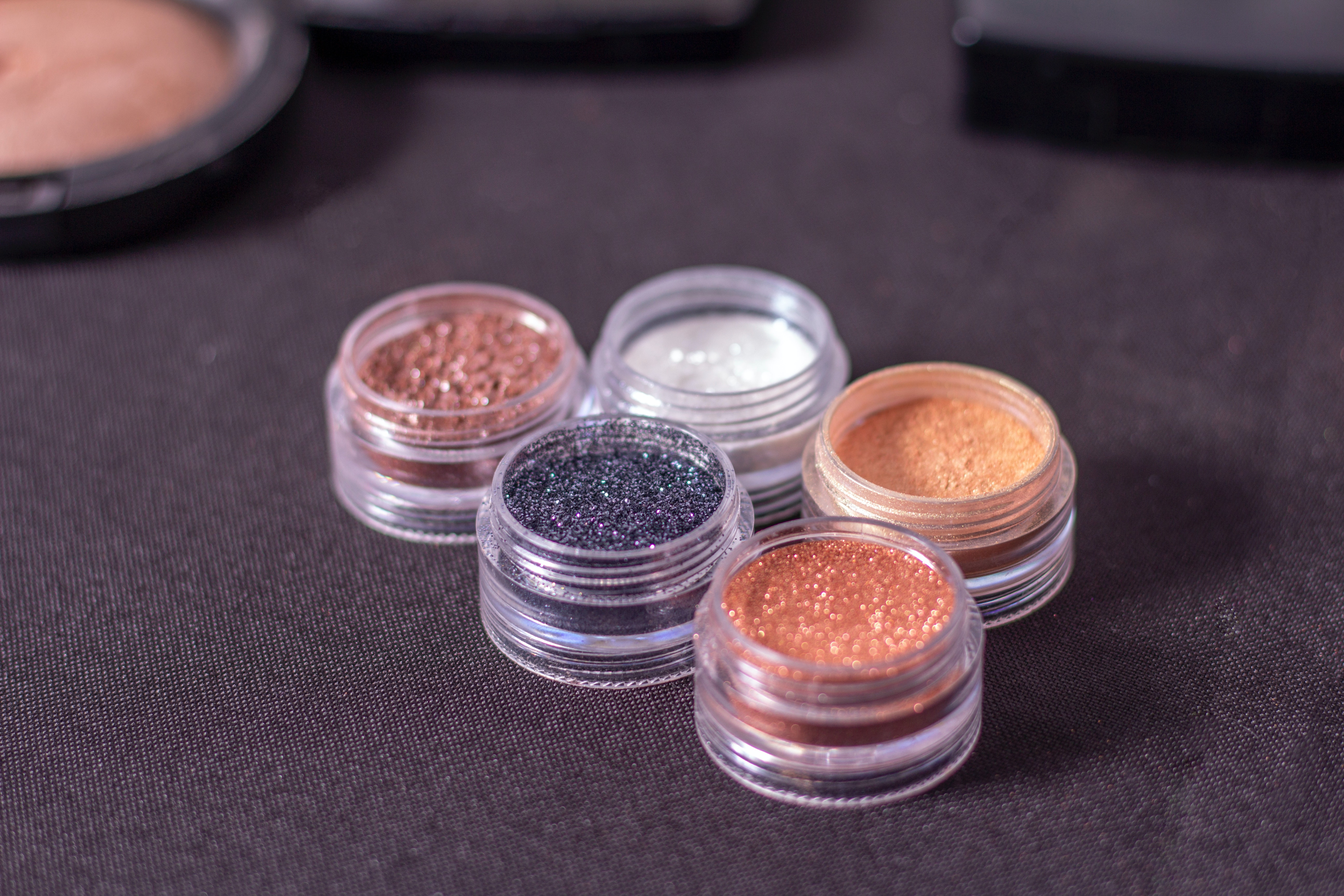
Here are some tips to keep in mind:
- Read the labels: Take a close look at the ingredient list of any makeup product you’re considering. Avoid products that contain talc or other potentially harmful ingredients like parabens, phthalates, and synthetic fragrances.
- Choose natural ingredients: Look for products that use natural ingredients like cornstarch, rice powder, mica, and kaolin clay. These ingredients are generally safe for most people and are less likely to cause skin irritation or other adverse reactions.
- Check for certifications: many brands may have certifications like the Leaping Bunny logo, which indicates that their products are cruelty-free, or the Certified Organic logo, which indicates that their products contain organic ingredients.
- Research the brand: Look for brands that are transparent about their ingredients and production processes. Check for reviews from other customers and see what they have to say about the product’s quality and safety.
- Patch test new products: If you’re trying out a new makeup product, it’s a good idea to patch test it first. Apply a small amount of the product to your skin and wait 24 hours to see if you have any adverse reactions.
Consider your own needs: Everyone’s skin is different, so what works for one person may not work for another. Consider your own skin type, concerns, and preferences when choosing makeup products.
By following these tips, you can help to ensure that you’re using safe and high-quality makeup products that will help you look and feel your best.
Conclusion
While talc has been a common ingredient in cosmetics for decades, there are concerns about its safety, particularly in relation to its link to ovarian cancer.
However, while talc-free makeup products may offer a safer alternative, there are still concerns about the safety of some of the alternative ingredients used in these products, as well as the lack of regulation in the cosmetics industry.
To ensure that you’re using safe and high-quality makeup products, it’s important to do your own research, read labels, and choose products that use natural ingredients and are transparent about their production processes. Patch testing new products and consulting with a healthcare professional can also help you to avoid potential adverse reactions.
In conclusion, while the safety of talc-free makeup products is still being debated, there are steps that consumers can take to ensure that they are using safe and high-quality cosmetics. By staying informed and choosing the best products for your own needs and preferences, you can look and feel your best while protecting your health and well-being.

